Apps Home

Afterlight: Film Photo Editor
The Art of Photo Transformation
The realm of photo editing has evolved significantly over the years, with powerful tools offering enthusiasts and professionals alike the ability to not just modify images but transform them into extraordinary artworks. At the heart of this transformation is the idea that every photograph has a hidden potential waiting to be unveiled through careful editing. This process requires a blend of technical skill, creative vision, and the right tools. The "Ultimate Photo Editing Tool" stands as a testament to this transformative power, integrating film presets, vintage filters, and advanced editing techniques to push the boundaries of what a photograph can achieve. For those aspiring to infuse their images with a distinct retro film look, the tool's collection of film presets, such as Instant400, Halo, and IR-Blue, offer a window into the world of nostalgic photography. These presets, inspired by real film stock, emulate the very essence of vintage photography, generating effects such as genuine light leaks, dust textures, and film grain that evoke a sense of timeless allure. For instance, applying the Instant400 preset can immediately transform a modern digital photograph into one that resembles a classic warm instant film photo, complete with vintage tones and textures. The understanding of these elements and the integration of such features within a photo editing tool empowers users to not only mimic vintage aesthetics but to experiment and explore artistic narratives through their visuals. It takes a keen understanding to know when and how to apply such effects articulately, ensuring that the result does not seem forced but rather appears as a seamless artistic expression. This approach enables photographers to craft stories within their images, utilizing each digital element akin to strokes of a painter’s brush, inviting viewers into the crafted worlds captured through their cameras.
Exploring the Depth of Aesthetic Presets
Navigating the world of aesthetic presets within a comprehensive photo editing tool involves much more than simply applying filters to achieve a desired look. It is about understanding the nuances behind each preset and utilizing them to enhance the mood and message of a photograph. The "Ultimate Photo Editing Tool" enriches this experience by offering a curated collection crafted by passionate photographers, each preset an embodiment of a unique aesthetic journey. With over 300 unique filters, this tool invites constant exploration. Imagine using a preset like Celesta to add a classic film look with a soft warm glow to images, thereby transforming simple portraits into timeless masterpieces. Each filter in this vast library is designed to evoke emotion, adding depth and context to each photograph. One must consider not just the visual impact of these presets but the emotional resonance they impart. For example, the KX35 preset, with its randomized light leak options and soft film grain, allows artists to evoke nostalgia, resonating with viewers who appreciate the charm of vintage photography. By understanding the psychological impacts of colors and textures employed within these filters, users can align the visual tone with the intended narrative of their images. This goes beyond the mere alteration of aesthetics; it is about the transformation of the photograph into an evocative storytelling medium. To harness such power, photographers must engage critically with their tools, continuously experimenting with combinations and intensities until they achieve the desired visual narrative. Mastery in this domain involves the strategic use of these presets to enhance, rather than overshadow, the innate beauty of the initial photograph.
The Power of Advanced Editing Tools
In the realm of photo editing, having access to advanced tools is crucial for those looking to realize their creative vision with precision. The "Ultimate Photo Editing Tool" provides more than just aesthetic transformations; it delivers a suite of advanced editing tools that allow users to fine-tune every aspect of their images. These tools include enhanced Adjustment Tools, Advanced Curves, and Selective Hue/Saturation/Lightness, offering a level of control akin to that of a conductor over an orchestra, directing each element towards a harmonious finale. For instance, the tool’s selective hue functionality enables the photographer to isolate specific colors, adjusting their intensity and saturation to create a targeted effect that can shift the focus and mood of the photograph altogether. This precision is essential for creating compositions where every detail matters. Through the use of overlays and gradients, images can be accentuated with depth and dimension, adding layers that draw viewers deeper into the image. The Grain tool allows for the emulation of classical film textures, imparting organic, tactile feel to otherwise sterile digital images. This goes hand in hand with the Curve adjustments, which facilitate the manipulation of tonal range, enabling photographers to emphasize shadows, mid-tones, or highlights in keeping with their artistic intent. These tools serve as the backbone for customizing the look and feel of a photograph, requiring not just technical understanding, but a creative vision that appreciates the interplay of light, shadow, color, and texture. True mastery over these advanced tools requires practice and an open mind to experimentation, as photographers learn to balance technical prowess with their own creative impulses.
Enhancing Creativity with Textures and Overlays
The fusion of creativity and technology is nowhere more apparent than in the use of textures and overlays within digital photo editing. These elements allow photographers to infuse their images with a tactile quality that transforms flat digital pixels into dynamic visual experiences. The "Ultimate Photo Editing Tool" harnesses this power by offering over 90 unique textures and overlays, inviting users to explore and innovate. These features are not meant to mask deficiencies in the original photo but to enhance and complement its inherent qualities, drawing out hidden narratives and emotional nuances. Consider the tool’s light leaks, crafted using genuine 35mm film; they are authentic, capturing the unpredictability and charm of traditional film photography. These overlays invite spontaneity, allowing for the addition of unexpected visual surprises that can elevate an image from mundane to extraordinary. Moreover, dust textures and film emulation options, like the Color Shift and Chroma tool, replicate the imperfections and idiosyncrasies of film, adding layers of history and depth. Even the deliberate introduction of grain or the use of double exposure techniques can evoke feelings of nostalgia and intrigue, crafting a narrative that resonates on a visceral level. Understanding and applying these elements effectively demands a familiarity with both their technical construction and their potential emotional impact. Photographers must be willing to engage in a sort of visual dialogue, where textures and overlays become more than additive edits—they become integral elements of storytelling. The artistic use of these tools can transform digital environments into narrative-rich compositions, where each overlay or texture contributes to a deeper understanding of the photograph’s intended message.
Perfecting the Final Touches
As any seasoned photographer will attest, the final steps of editing are where the true magic happens. This is the stage where all previous adjustments are unified to produce a final masterpiece. In the "Ultimate Photo Editing Tool," the addition of frames and borders serves as the final flourish, providing a context and setting for the photographic narrative. A well-chosen border can act as a visual boundary, guiding the viewer's focus, while an Instant Film frame can lend authenticity, transporting the audience to a bygone era. These elements must be selected with care, ensuring that they enhance rather than detract from the completed image. Additionally, exporting options allow for images to be shared across platforms without losing their intended quality or impact, ensuring that the photographer’s vision remains intact whether viewed on a high-resolution monitor or a mobile device. To fully realize the potential of these final touches, photographers must view their projects holistically, understanding how each chosen element—from filters and adjustments to textures and borders—unites to form a cohesive artistic statement. The culmination of the editing process is not just about satisfaction with a completed photograph, but about the anticipation and excitement of sharing a crafted story with the world. For those ready to embark on this transformational journey in photo editing, the tool is accessible for users across various platforms, ensuring that creativity knows no bounds. Download for Android encourages enthusiasts to take advantage of a tool that respects the artistry and craftsmanship of the photographic discipline.
Share Your Opinion
Your Email Will Not Be Published.
All Rights Reserved © Apps Home 2025
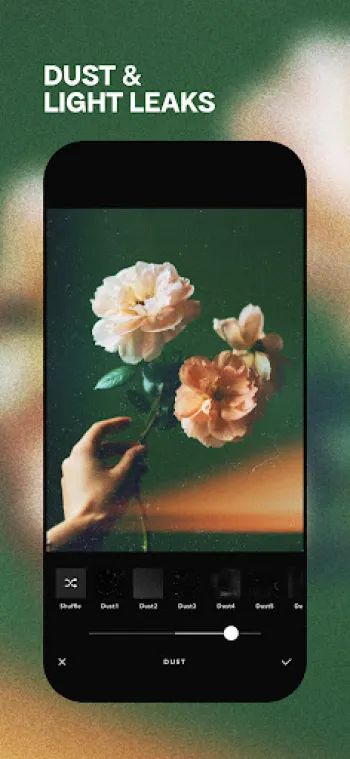
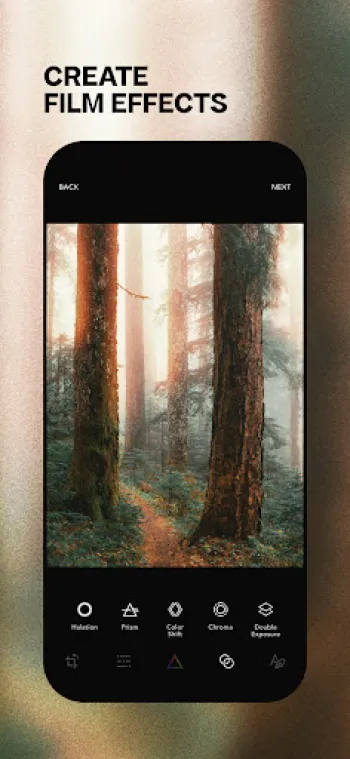
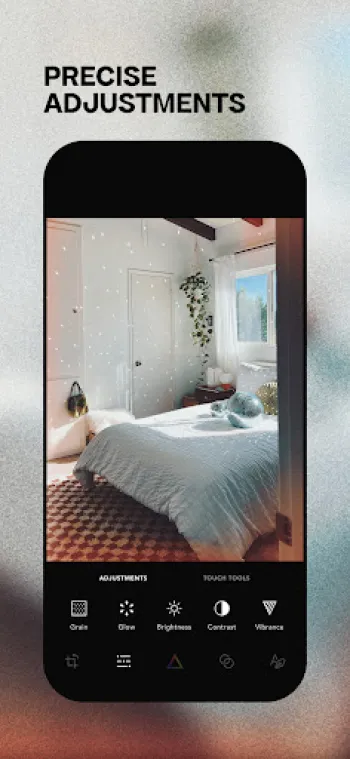
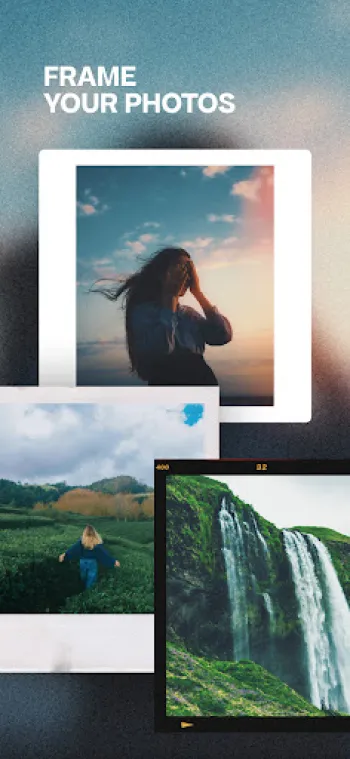























Abbi B
Thank you so much for bringing your app back to Android! Also I have to praise your brilliant social media team who actually reply to customers and...
Arianna Miles
I absolutely love this app and it was a big decision switching from iPhone to Android for many reasons and one of deciding factors was that I would...
David Reyes
Afterlight is back?? I love the scratches and fade on this app. I tried to re-download this app when I got a new phone and it just did not exist! E...
Jeny
ohhh wow I was looking over stuff I bought on play store on past and this was updated recently, will consider now the subscription to see what ther...
Daddy Vuorinen
i've had the app for years and now found out its been updated. Yes i still love the app but it is compeletely useless as cant safe anything as app ...